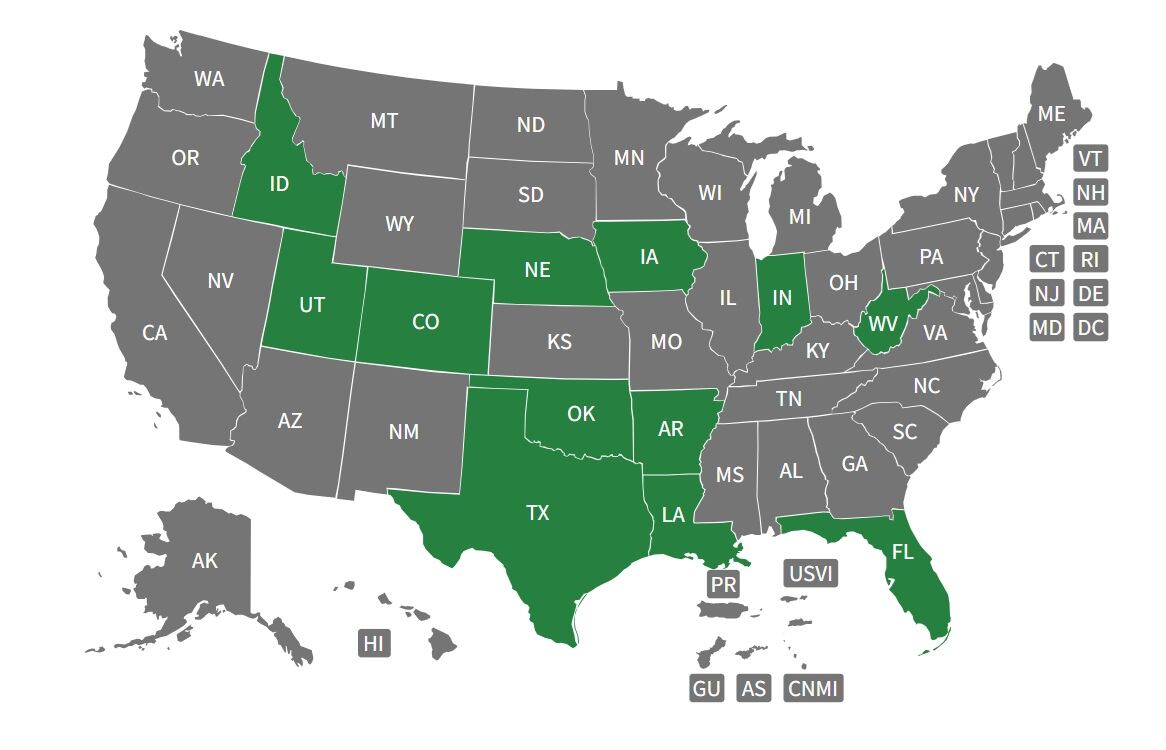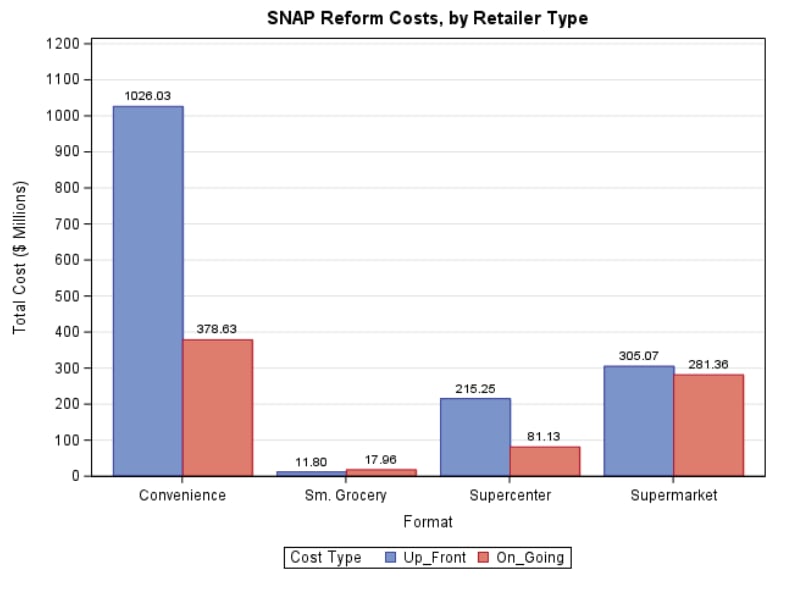The clock is ticking for retailers to come into compliance with a patchwork of new laws in a dozen states banning the use of Supplemental Nutrition Assistance Program (SNAP) dollars for unhealthy products like sugary drinks and sweets.
Those states received waivers this year from the Department of Agriculture to block some products from SNAP eligibility, and nine of those go into effect at the beginning of 2026.

The states are Arkansas, Colorado, Florida, Idaho, Indiana, Iowa, Louisiana, Nebraska, Oklahoma, Texas, Utah and West Virginia.
More could be on the way, according to Trey Hutchinson, brand bank director of retail at Nielsen IQ, which is leveraging its massive database of product information to help retailers update their systems.
“A lot of people are concerned and realize that it’s a big hurdle that we have to get through very quickly,” Hutchinson said.
Billion dollar ban
The restrictions are projected to cost retailers an estimated $1.6 billion to restructure their payment systems, according to a joint report released in early October by the National Association of Convenience Stores (NACS), the National Association of Grocers and FMI – The Food Industry Association.
The industry groups said the upfront costs, which include labor, technology updates and software and point-of-sale system upgrades, equal roughly 1.9% of net income for all food retailers in 2024.

Convenience stores will take the brunt of the transition costs at an estimated $1 billion, according to the report. Meanwhile, the supermarket industry will pay an estimated $305.1 million, supercenters $215.5 million and small-format stores $11.8 million.
“Food retailers and convenience stores are committed to supporting efforts to improve the nation’s health, but the proposed restrictions represent significant new costs and operational challenges,” the three associations said. “Without clear guidance and adequate time, these well-intended changes will create unexpected difficulties of both retailers and the customers they serve.”
The new laws vary from state to state but primarily ban high-sugar sweets and beverages, but each state has its own laws, making the conversion even more challenging for multi-state retailers.
Breakneck compliance
Nielsen IQ’s database of thousands of products positions the data analytics company to analyze ingredients in each SKU to determine SNAP eligibility, Hutchinson said.
“Retailers are kind of scrambling – a lot of the teams I chat with have someone that has to either manually go through and update products to make sure that they either qualify or don’t qualify for SNAP,” he said. “It’s a big hurdle that we have to adjust to, because that timeline is coming up faster and faster.”
Many retailers still are trying to figure out which products qualify, he said.
The convenience and grocery industry said in a statement that retailers have received little guidance on how to determine SNAP eligibility in states with restrictions.
The three industry groups are calling on states to extend timelines for implementing the bans and “provide clear and actionable definitions of restricted foods to ensure that all retailers can comply with new regulations and waivers without ambiguity.”
“These new restrictions are unprecedented,” said Margaret Mannion, director of government relations at NACS. “Without clear rules and the time to implement them, they will impose significant costs on all American consumers, not just SNAP participants.”
Getting shoppers ready
And that’s just the retail side of the equation – consumers also need education on the new rules, according to Hutchinson.
“If you are someone who uses SNAP, you need to be able to determine what you can and can’t buy,” he said.
Retailers also must update their websites and electronic shelf labels to reflect SNAP eligibility.

